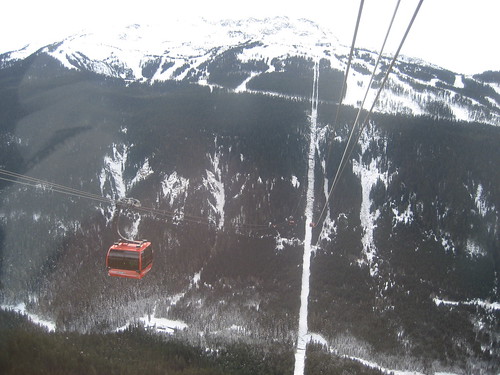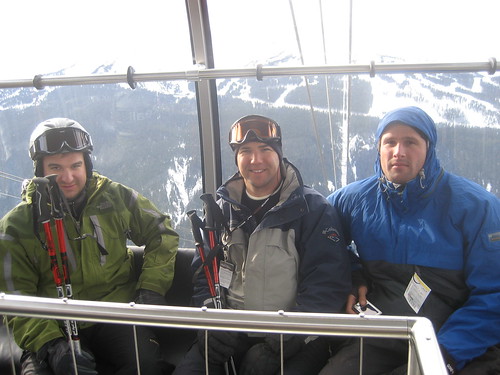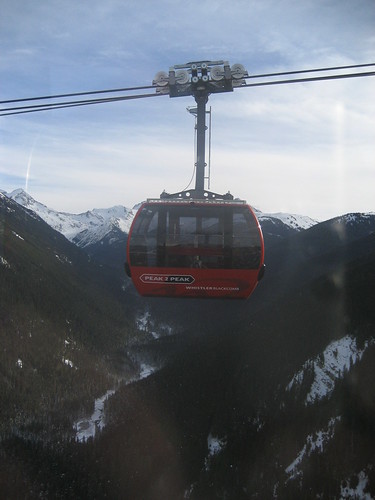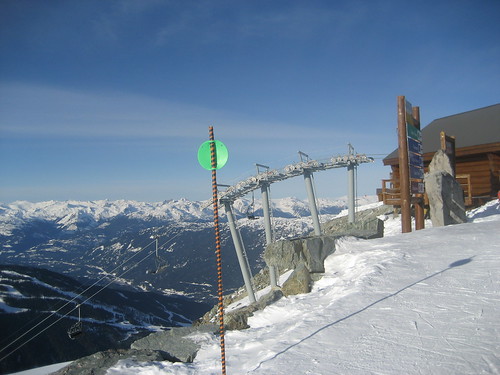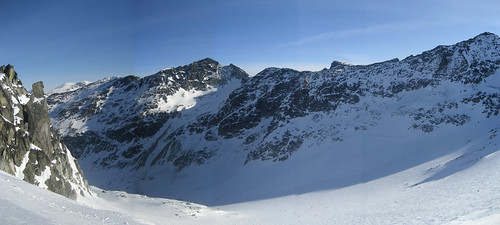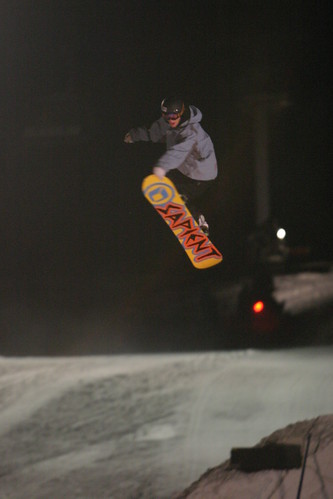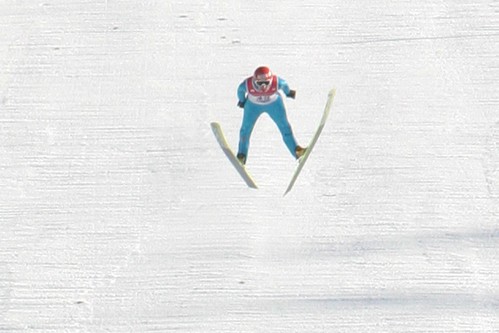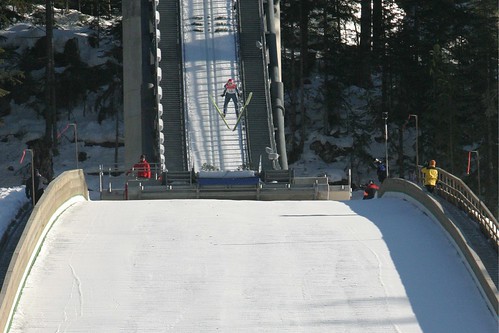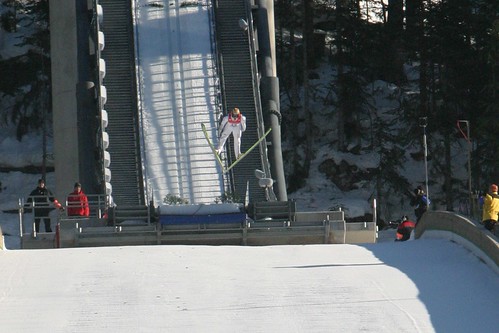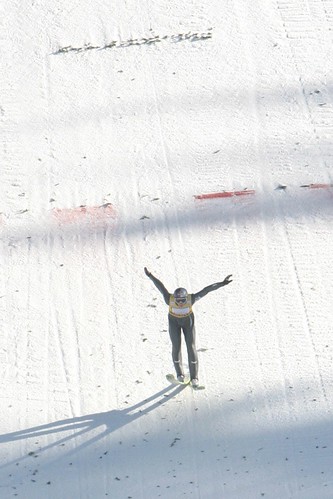I have had the amazingly fortunate opportunity to travel to Delhi, India this past week. I won't go into the details as to the reason for my trip at present, other than to say that it was business-related.
I left Bellingham on Friday, January 9, flying to Seattle and Chicago before boarding a 14.5-hour American Airlines non-stop to Delhi, arriving just before midnight local time on Saturday, January 10.
I was met at the airport by a driver who took me to my accommodations. The next morning, bright and early, he and a representative from the company with which I was to be meeting picked me up and we began our nearly 3-hour drive to Agra. If I was going to travel halfway around the world, I wanted to see the Taj Mahal.

The Taj was absolutely everything I had ever imagined it to be, and more. I was familiar with the story behind the Taj Mahal as well as theories about its design, having studied non-western architecture while an architecture student at Syracuse University and also having worked on an article about the Taj Mahal in the June 1989 issue of
CADalyst magazine.
The emperor Shah Jahan built the Taj Mahal as a tomb for his queen Mumtaz Mahal. Construction began in 1632 and was completed in 1648. It is considered the finest example of Mughal architecture in the world, a style that combines elements from Persian, Ottoman, India, and Islamic architecture styles.

While the gorgeous domed white marble mausoleum is the most famous structure, the Taj Mahal is actually an integrated complex of structures. Security surrounding the complex is quite strict. Upon arriving in Agra, we had to park our car nearly a mile away. From there, we hired a bicycle rickshaw to take us to the entry to the complex. There I had to check the little mini-tripod I normally keep in my camera bag, although I was able to keep my two digital cameras and my video camera at this point.
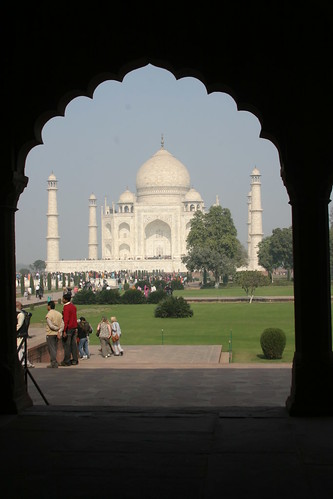
We entered the Taj Mahal complex after passing through a metal detector and proceeded through the outer gardens, which are completely surrounded on three sides by red sandstone walls. The fourth side, which faces the Yamuna river, is open. At this point, you still can't see the main mausoleum. What you do see is the Great Gate, a monumental structure of marble and sandstone whose arches are very similar to those of the Taj itself.
My first glimpse of the main mausoleum is through the huge arch in the gateway. I can't even begin to describe the level of excitement and anticipation. I know what's beyond that gate. Amazingly, the tomb is perfectly framed within the dark archway. At this point, I have to relinquish my video camera. For some reason, you can't shoot video beyond the platform of the Great Gate, although you can continue to take still photograhs everywhere except inside the main mausoleum itself.
Once through the gateway, you're standing on the raised platform, facing the Taj Mahal and viewing its perfect symmetry along the central north-south axis of a long reflecting pool. A raised marble water tank sits at the center of the garden, halfway between the tomb and the gateway, at the intersection of a second set of reflecting pools running east-west.

The tomb sits in the middle of a two-and-a-half acre square platform, surrounded by a low parapet. At each corner of this platform is a minaret, each more than 40 meters tall. By far, the most striking element is the huge dome, which at about 35 meters in height is as tall as the lower portion of the building.
From a distance, the tomb appears to float over the garden. To the right of the tomb is the red sandstone Jawab or assembly building and to the left the similarly colored masque.
The perfect symmetry of the entire complex is quite incredible. I wish I had re-read Ron Lane-Smith's original
CADalyst article before my journey. In it, he theorizes many aspects of the design of the Taj Mahal, one of which was that the Jawab was actually the place where components of the tomb were drawn out full-size before being constructed, making the term "assembly building" much more literal than its accepted definition as a place of gathering. He notes that the floor of the Jawab still bears the full-size stencil of the main dome's finial.

I was quite unprepared for the beauty and detail of the tomb's exterior decoration. The walls of the tomb itself consist of a rubble core, but are clad in white marble. Into this various thin colored stones are inlaid to create calligraphy. There are also carvings and elements painted onto the marble. In addition to the calligraphy are abstract forms and vegetation motifs.

The calligraphy is made using jasper inlaid in the white marble panels, and is quite detailed and delicate. The vegetation motifs in the lower walls of the tomb are sculpted bas relief with realistic vines and flowers as well as inlays of highly stylized, almost geometric vines, flowers, and fruits. The inlay stones are yellow marble, jasper, and jade, leveled and polished smooth to the surface of the walls. Happily, I saw very little evidence of damage.
They say that the Taj Mahal changes color over the course of the day, and this is probably very true. The marble panels are thin enough that they actually are translucent, and inside the tomb our guide puts a small flashlight up against the stone and I can see that it actually illuminates the colored inlaid stones so that they appear to glow from within.
By the way, it's nearly impossible to visit the Taj without a guide. We were approached numerous times while outside the gate by supposedly "government authorized" guides who offered to enhance our Taj experience. But in spite of rebuffing those attempts, an older Indian man latched onto us as soon as we made our way inside the grounds and stuck to us like glue thereafter. He turned out to be a nice guy who did indeed know a lot about the Taj. He also loved playing with my Canon 10D and lenses, and so I actually managed to get into a few photos for a change. He was also quite clever, sending Jerish my host back to reclaim my video camera so that he would not be around when the guide ultimately asked me to pay him a fee for his services. Jerish said afterwards that 500 rupees was too much, but I thought the $10.28 equivalent well worth it.
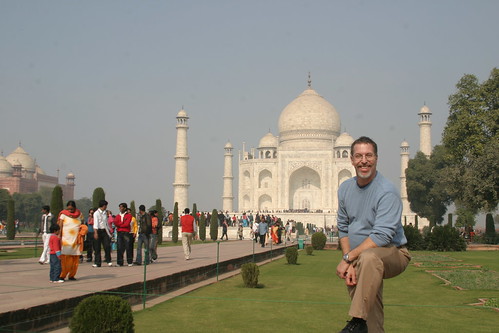
They tell me that I picked a perfect day to visit the Taj Mahal. We arrived relatively early in the day. We visited on a Sunday, which explained the smaller-than-normal crowds. The temperature was a very pleasant 70-degrees.
Unfortunately, I am incredibly tired. Having just arrived after my long flight, and having managed less than four hours of sleep owing to the late arrival of my flight, I know that I'm fading fast. And we still have the nearly 3-hour drive from Agra back to Delhi.
I am pretty sure that I'll be coming back to India again soon. So I resolve myself to the fact that I must leave with lots of other areas of the Taj Mahal and Agra still remaining to be explored. For example, as we're leaving Agra, I catch a glimpse of the Taj Mahal perched high above the banks of the Yamuna River. And then there's the Moonlight Garden on the opposite bank of the river. I must come back and take photos of the tomb from these vantage points.
There's still plenty more to see on the road between Delhi and Agra, and I'll have some time to explore Delhi itself in the next several days. So I'll close this for now, get some rest, and continue describing my first experiences of India tomorrow.
You can see more photos from my trip
on my Flickr site.

